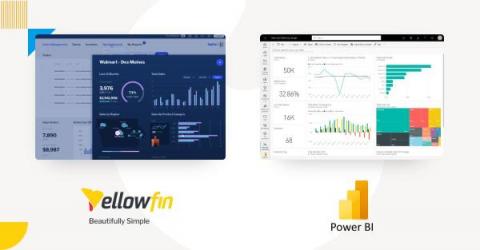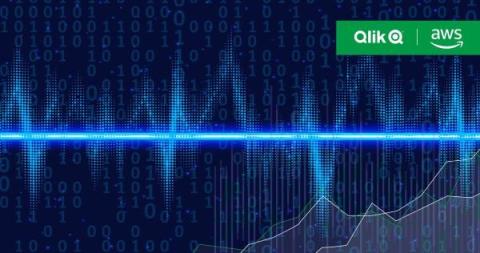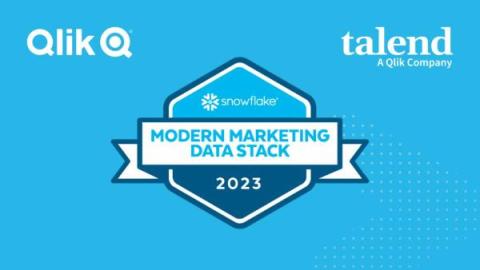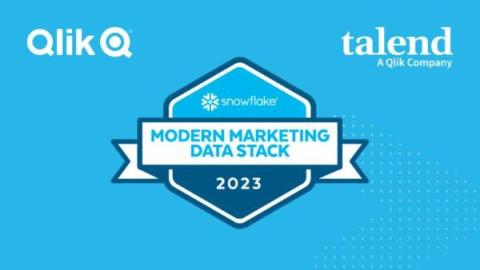Systems | Development | Analytics | API | Testing
Latest News
AWS, Qlik, and SAP Data: Turning the Lifeblood of Business into Value and Action
One of my favorite analogies is that data is the lifeblood of the business. Before you roll your eyes at me (I see it now), hear me out. At your annual physical, when you get your blood work done, think of how much information is uncovered about your overall health from a tiny vial of your blood. From those 10 CCs they extract comes back pages of information regarding your cell counts, glucose, cholesterol, and other information.
Applying Generative AI to product design with BigQuery DataFrames
Generative AI is a powerful tool for accelerating the branding process for new products or compounds.
Reducing BigQuery physical storage cost with new billing model
As customers scale data warehousing in the cloud with BigQuery, cost optimization becomes crucial for scalable data storage in the cloud.
BigQuery's user-friendly SQL: Elevating analytics, data quality, and security
BigQuery’s new SQL capabilities deliver improved analytics flexibility, data quality and security.
Telecommunications Data Monetization Strategies in 5G and beyond with Cloudera and AWS
The world is awash with data, no more so than in the telecommunications (telco) industry. With some Cloudera customers ingesting multiple petabytes of data every single day— that’s multiple thousands of terabytes!—there is the potential to understand, in great detail, how people, businesses, cities and ecosystems function.
Revolutionize Your Data Experience With Cloudera on Private Cloud
In the age of the AI revolution, where chatbots, generative AI, and large language models (LLMs) are taking the business world by storm, enterprises are fast realizing the need for strong data control and privacy to protect their confidential and commercially sensitive data, while still providing access to this data for context-specific AI insights.
Marketing Success in the Age of AI Requires a Modern Marketing Data Stack
Data is essential to marketing. It’s how we know our audience and measure campaign outcomes. It shows us where to adjust a campaign on the fly, for even better results. But working with data is increasingly complex, and having the right stack of technologies is invaluable.
Snowflake's Annual Modern Marketing Data Stack Report: Talend Being Named a "Leader in Integration and Modeling" is Just the Beginning
With marketing analytics now influencing more than half (53%) of marketing decisions, there’s finally some good information around using data in marketing. In fact, Gartner found that when analytics influences less than 50% of decisions, organizations find it challenging to prove the value of their marketing.
Snowflake's Annual Modern Marketing Data Stack Report: Being Named a "Leader in Integration and Modeling" is Just the Beginning
With marketing analytics now influencing more than half (53%) of marketing decisions, there’s finally some good data around using data in marketing. In fact, Gartner found that when analytics influences less than 50% of decisions, organizations find it challenging to prove the value of their marketing.










